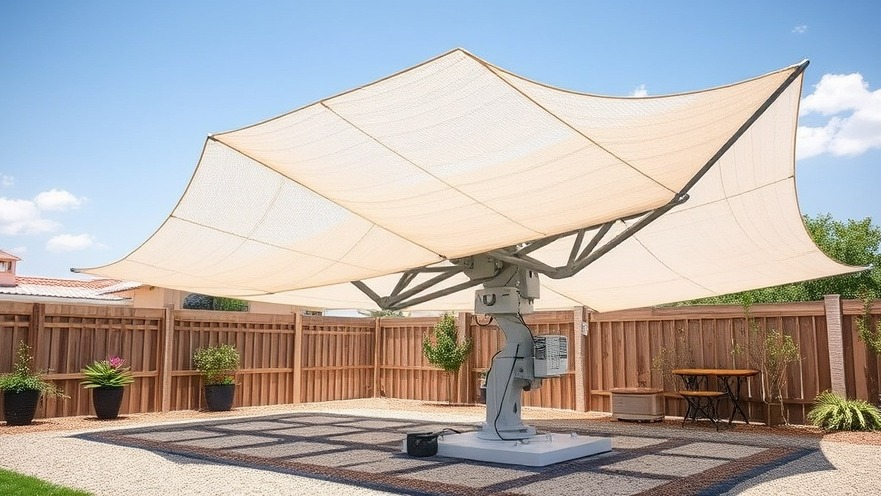
Harnessing Nature for Energy Efficiency
Researchers at Cornell University are reshaping the possibilities of solar energy with HelioSkin, a groundbreaking flexible solar material inspired by nature. Much like how sunflowers align themselves with the sun — a behavior known as heliotropism — HelioSkin is designed to adjust its position to maximize sunlight capture. This innovative approach aims to enhance energy efficiency significantly, a critical factor for anyone looking to power their remote workspace sustainably.
The Benefits of Sun-Tracking Solar Technology
HelioSkin’s unique design consists of a lightweight outer layer embedded with photovoltaic cells that respond dynamically to sunlight. “Tracking the light is really efficient,” notes Adrienne Roeder, a key member of the research team, indicating that the technology can deliver greater energy yields than traditional static solar panels. For digital nomads seeking a reliable power source for their remote offices, HelioSkin offers a potential solution that blends functionality with innovative design.
Why Aesthetics Matter in Solar Design
The success of solar technology doesn't just hinge on performance; aesthetics play a vital role in adoption. Jenny Sabin, the project leader, emphasizes the need for designs that inspire excitement among users. HelioSkin addresses this by incorporating beauty into its functionality, encouraging homeowners to consider solar installations that aren't just efficient but also visually appealing. For those working from home, a beautiful solar canopy could enhance outdoor spaces without compromising on style.
Scalability: The Future of HelioSkin
Initially, HelioSkin will be piloted as a backyard canopy to gauge its practicality for everyday use. Future scalability aims at broader applications, including large public spaces like parks and skyscrapers. This adaptability promises not only energy savings but also the ability to create community-focused hubs that reflect the importance of outdoor spaces for remote workers.
Connecting Technology with Ergonomics
The integration of HelioSkin within outdoor furniture could redefine workspaces for digital nomads. Imagine a garden office where seating is powered by solar energy, allowing for a seamless blend of work and nature. Ergonomic design in outdoor spaces, powered by innovative materials, could significantly improve both comfort and productivity. This connection highlights the importance of well-thought-out environments that support our work-life balance.
Potential Misconceptions about Solar Technology
One common misconception is that all solar technologies are bulky, unattractive, or lack versatility. HelioSkin challenges these preconceived notions by presenting a flexible, stylish solution that can fit various applications. Educating the public on such advancements can facilitate greater acceptance and integration of solar solutions into modern lifestyles.
As HelioSkin continues its development, it stands to not only revolutionize solar energy's efficiency but also foster a newfound appreciation for its place in our environments. Embracing these innovations may empower digital nomads to create work environments that align with their values of sustainability and aesthetics. Join the movement towards a brighter, more efficient future!
 Add Row
Add Row  Add
Add 




Write A Comment